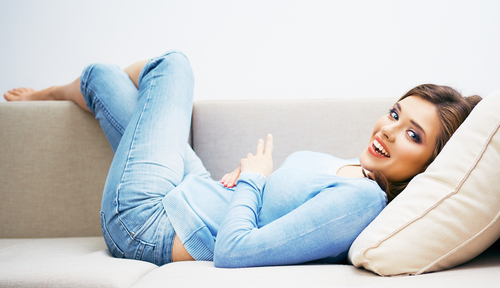Varicose veins are mostly a leg issue, but can appear almost anywhere
Unsightly and embarrassing bumps on the legs from varicose veins are an issue millions deal with. But these problematic veins can actually appear in many different places on the body.
For example, varicose veins can appear in these locations:
- Veins on the hands and arms
- Veins of the vagina and vulva
- Veins on the anus
- Veins on the breasts and cleavage
- Veins around the eyes, face
While problematic veins in these areas aren’t generally a dangerous issue, they can be unattractive. There are various procedures for dealing with these issues.
Varicose veins in the legs are the more common problem with more serious consequences. In fact, millions of people suffer from varicose and spider veins, and the accompanying leg heaviness, pain, and swelling.
 How can you treat these issues?
How can you treat these issues?
Here are some of the procedures that are used for varicose veins in the legs, as well as other areas.
- Vein ablation: Radiofrequency is used to completely remove the varicose and spider veins.
- Phlebectomy: A procedure that removes varicose veins from the surface of the skin.
- Dermal fillers: Unsightly veins give the appearance of old age. Fillers can be used to increase fullness in the skin, giving a more youthful appearance.
- Laser treatment: This uses heat to target problem veins, and close them.
- Surgery
Varicose veins in places other than the legs are generally a cosmetic issue, rather than medical problem. Severe varicose veins in the legs, however, can result in significant interference with daily living, as well as serious medical consequences, like ulcerations, blood clots, and intense pain.
Varicose veins cause bulging and discoloration in the legs that can also severely impact appearance, which can be serious for reasons of confidence, first impressions, professionalism and more.
For varicose veins in the legs, there are reliable, minimally invasive options that are exceptionally effective. Vein ablation is one such option. Venaseal, which uses a revolutionary adhesive to close problematic veins, represents the pinnacle of vein care.
Do I need medical help for my veins?
The following symptoms are a good indicator that you should see a medical professional.
- Leg heaviness or fatigue
- Leg pain-aching throbbing, burning or tightness
- Leg cramps at night
- Swelling in the ankles
- Restless legs
- Skin changes in the lower leg with redness or darkening of the skin
- Leg ulcers that wont heal
- Varicose veins
- Itching
